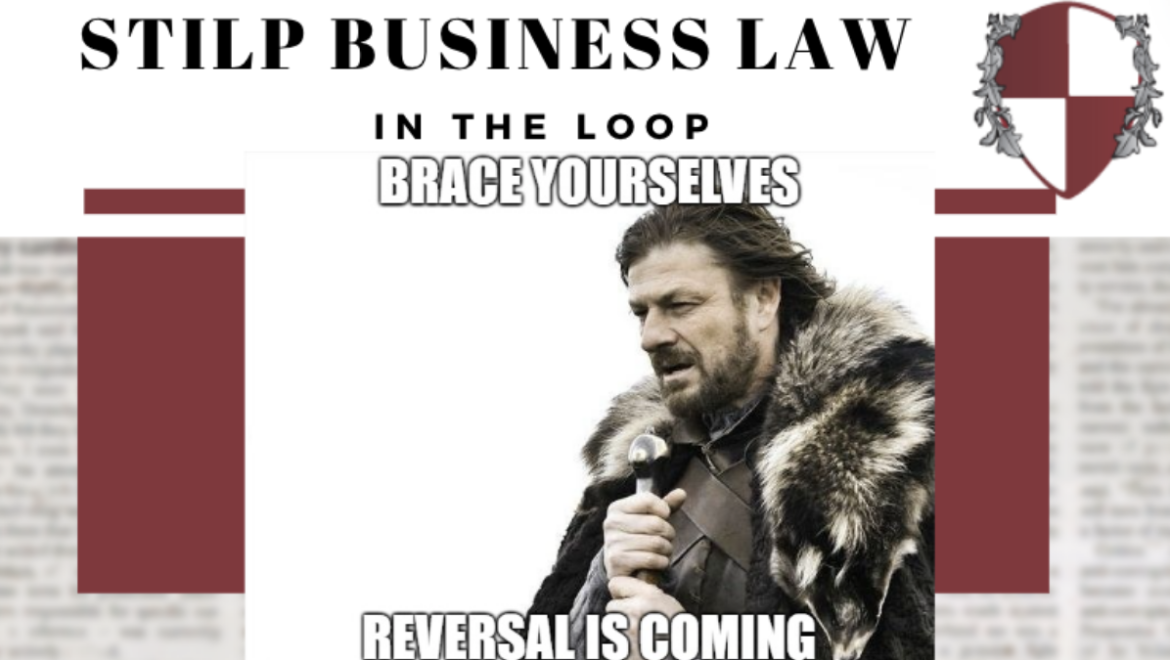In the recent judgment against the Trump organization, People of the State of New York v. Trump et al., Case No. 452564/2022 (“Judgment”), the New York judge decided the state had proven its case by the preponderance of the evidence, noting “the legislators expressly contemplated and intended for a preponderance of the evidence standard to apply.” (Judgement, p. 75) In so ruling, the court rejected applying the “clear and convincing standard,” stating that “defendants [Trump et al.] have provided no legal authority for their contention that the higher ‘clear and convincing’ standard does, or should, apply.” (Judgment, p. 75) But what does this mean?
In the last editions of In the Loop, we discussed types of appeals (mandatory or discretionary), and types of evidence (hearsay and nonhearsay). Now, we will discuss the types of burden of proof.
In civil cases, there are generally two standards of proof, either preponderance of the evidence or clear and convincing evidence.
Preponderance of the evidence means the proposition is probably more true than not true. (Cleary & Graham’s Handbook of Illinois Evidence, §301.6 (7th ed. 1999)). Although the Illinois Supreme Court has said that attempts at further refinement, definition or qualification are unnecessary and undesirable (Reivitz v. CTA, 327 Ill. 207 (1927)), every trial attorney worth their salt adds a gloss to the definition during closing argument. One such argument we have made when representing a plaintiff is the following: “Imagine a well-balanced scale, and a feather is put on one side of the scale. That very slight advantage is all that is required to prove a civil case by the preponderance of the evidence.”
Clear and convincing evidence is a burden higher than preponderance, but lower than proof beyond a reasonable doubt in criminal cases. (Cleary & Graham’s Handbook of Illinois Evidence, §301.6 (7th ed. 1999)). Cases variously define clear and convincing evidence as evidence producing a firm belief or conviction as to the truth, or a firm and abiding belief that it is highly probable that the fact is true, or evidence amounting to a certainty, or evidence unquestionable and free from reasonable doubt. (Id.) Confusingly, free from reasonable doubt is less than the standard beyond a reasonable doubt in criminal cases.
Adding to the befuddlement, different states require one standard or the other for certain types of claims. For example, New York requires only the preponderance of the evidence standard for fraud, whereas Illinois requires the higher standard of clear and convincing for fraud and conspiracy cases. In Illinois, the higher standard of proof requiring clear and convincing evidence avoids potential error in a false positive, (known as a Type I Error in research) where the court or jury finds liability when there was none, or in the criminal context, convicting someone of a crime when they are actually innocent.
Have taken over 150 cases to trial, we are familiar with the different arguments concerning burden of proof, which can mean the difference between winning or losing.



